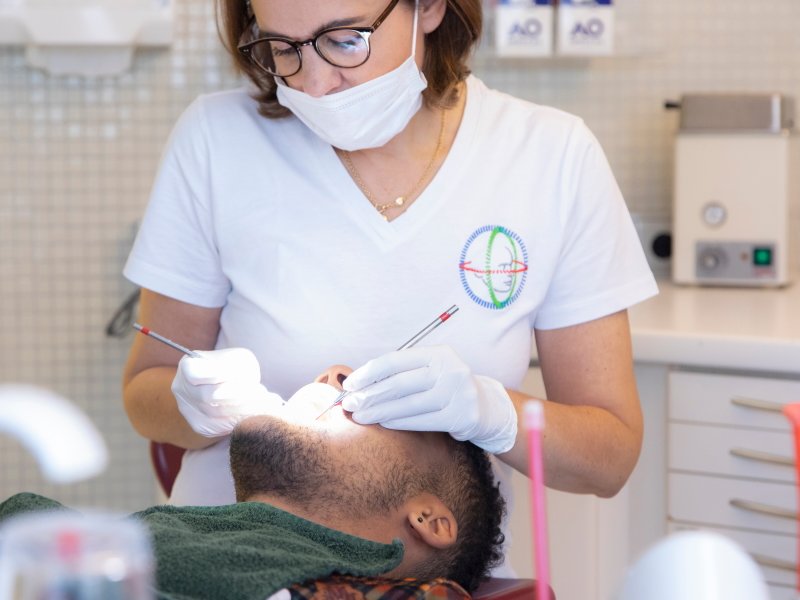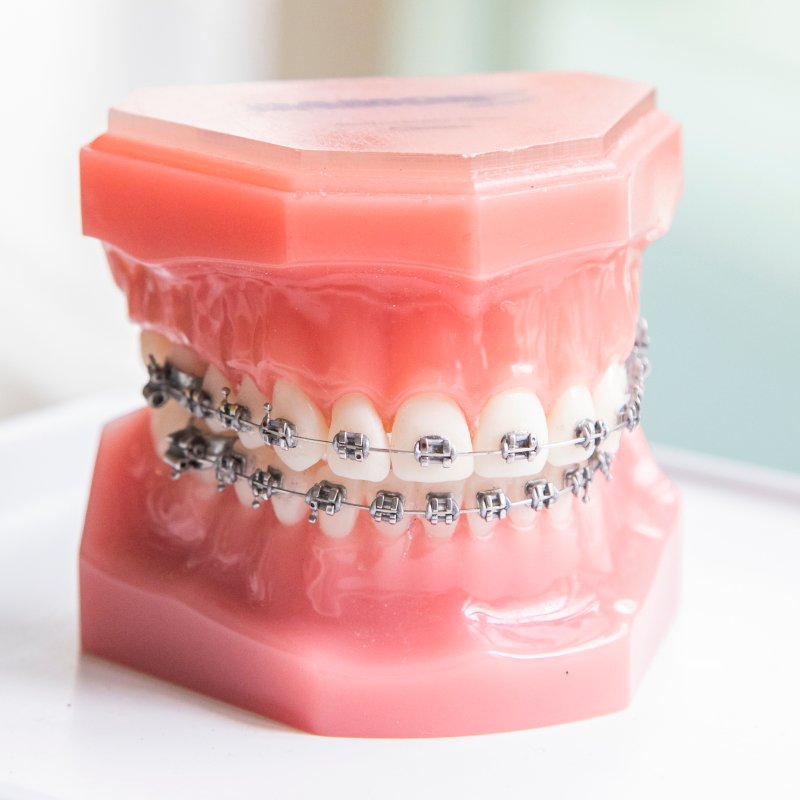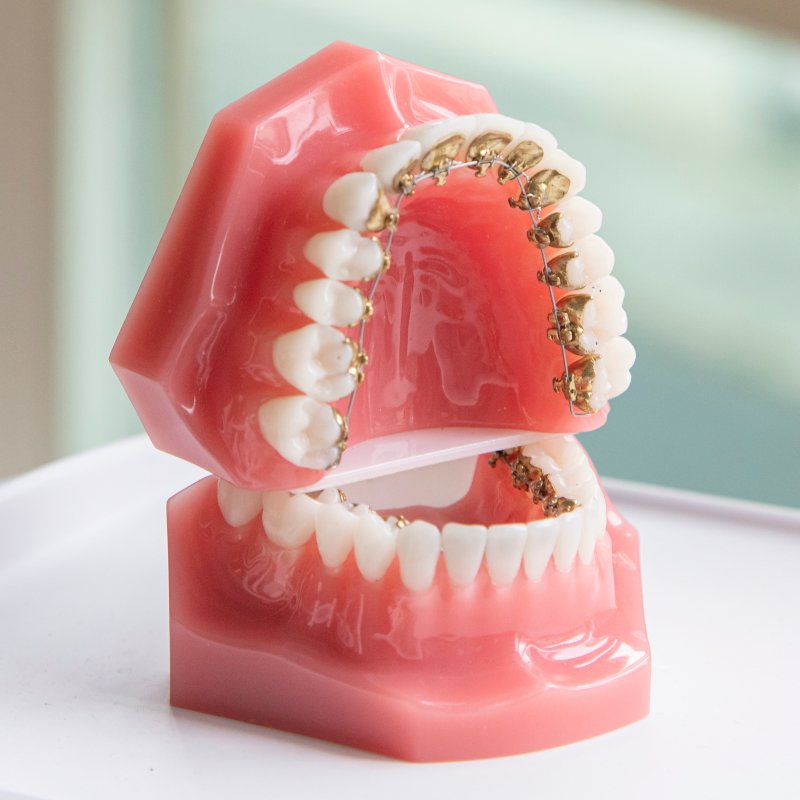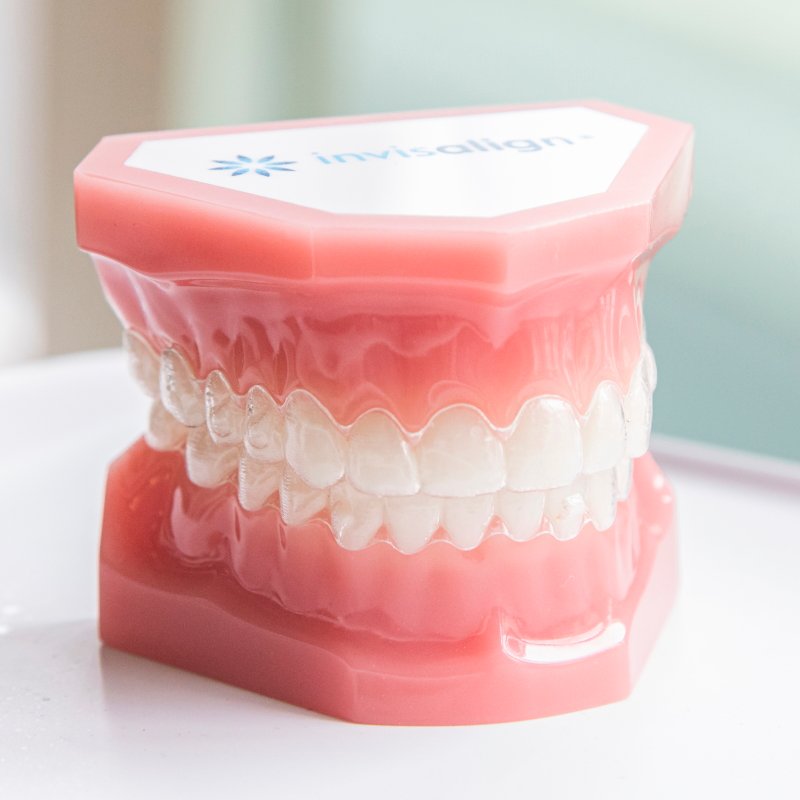Purely aesthetic desire for a more beautiful tooth or jaw position.
Prevention and treatment of periodontal diseases
The removal of misaligned, rotated or tilted teeth generally facilitates oral hygiene and can therefore prevent diseases. And if an undesired tooth migration has already occurred in the periodontally damaged dentition, these tooth misalignments can be corrected orthodontically after preliminary treatment by the dentist.
Preprosthetic measures
The straightening, alignment or correction of teeth or the initiation of a gap closure by an orthodontist may be necessary prior to the actual prosthetic treatment in order to enable the dentist to carry out a sensible treatment first.
Temporomandibular joint therapy
The treatment of those tooth and jaw misalignments that cause discomfort with pain in the joint/chewing muscles or clicking noises and restricted movement of the lower jaw.
Combined Treatment of oral surgery and orthodontics
Misalignment of the jaws can lead to painful symptoms or premature tooth loss due to overloading. A combination of surgical realignment of the jaws and orthodontic correction of the teeth results in an improvement of the bite and a harmonization of the profile.
When correcting malocclusions of adult patients, it is necessary to take into account that the jaw stops growing. As a result, tooth movements not only take more time, but also require special planning when choosing braces.
However, orthodontic therapy has also become more and more important for older patients in recent years, because near-invisible braces are now available in the form of splint therapy and lingual technology.





